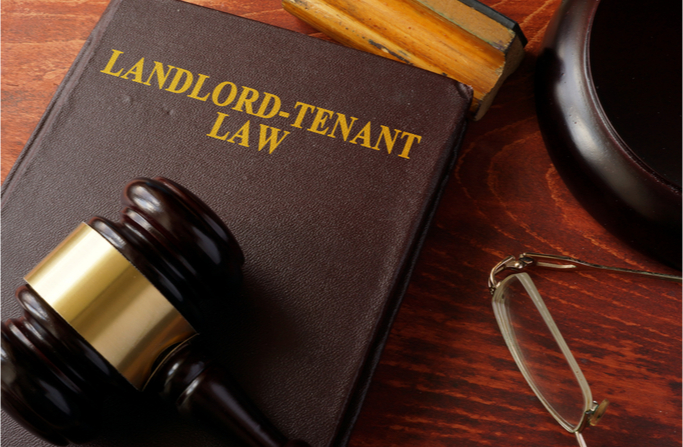
Who Must Maintain Landlord's Installations in a Retail Premises?
Landlord’s installations are usually described in a Lease.
Some Landlord’s believe providing various installations in retail premises may lead to better rent or make it easier to lease the premises to the next tenant. They may also believe the Tenant must maintain, repair and replace them given the Tenant is using them.
This is not necessarily so as confirmed by the Victorian Civil and Administrative Tribunal in Cheng v Wang (Building and Property) [2019] VCAT 496 (“Cheng’s case”).
In Cheng’s case the Landlord leased premises to the Tenant for use as a restaurant. The lease described the Landlord’s installations as “a dishwasher, tables, chairs, crockery and cutlery, stoves, fridges and freezer, stereo, cool room and sundry equipment including pots and pans.”
The Tenant had been running the restaurant from the premises for 30 years and claimed at VCAT that the Landlord should bear the cost of maintaining, repairing and where appropriate replacing the Landlord’s installations. The Landlord argued it should not have to do so because the items were past their use expectancy or because of wear and tear.
VCAT decided the Landlord had obligations under section s52(2) of the Retail Leases Act to repair and maintain the Landlord’s installations notwithstanding their age and that section s52(2) overrode any contradictory clause in the Lease.
Landlord’s should be careful as to what is included in leases as Landlord’s installations as it may lead to costly maintenance, repair and replacement obligations for them.
Similarly, Tenants should be aware that even though they are using Landlord’s installations the obligation to repair, maintain and replace those items does not necessarily fall on them.
Landlords and Tenants should seek legal advice on their rights and obligations.